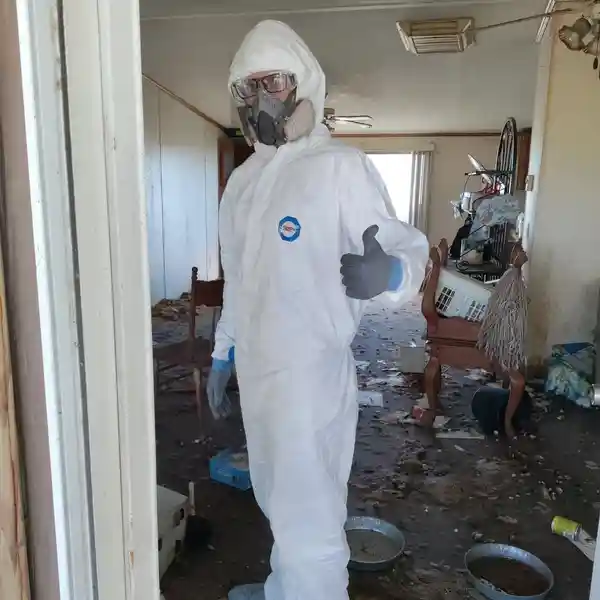In today’s world, the importance of maintaining clean and safe environments cannot be overstated. From residential homes to commercial spaces, the presence of contaminants and pollutants can lead to significant health risks and Caregiver home cleaning services. This is where cleaning and remediation services come into play. These specialized services not only focus on cleanliness but also address specific issues such as mold, water damage, and hazardous material removal. This article explores the various aspects of cleaning and remediation services, their benefits, and the essential processes involved.
Understanding Cleaning and Remediation Services
Cleaning and remediation services encompass a wide range of activities aimed at restoring spaces to their safe and clean conditions. While cleaning generally refers to routine tasks like dusting, vacuuming, and sanitizing, remediation involves more specialized processes to eliminate contaminants and restore health and safety. Common types of remediation services include:
- Mold Remediation: Mold growth can pose serious health risks, particularly for individuals with allergies or respiratory issues. Mold remediation involves identifying the source of moisture, removing contaminated materials, and implementing measures to prevent future growth.
- Water Damage Restoration: Whether caused by flooding, leaks, or sewage backups, water damage can lead to structural issues and mold growth if not addressed promptly. Water damage restoration includes water extraction, drying, dehumidification, and repairs to restore the property.
- Hazardous Material Removal: Certain environments may contain hazardous materials such as asbestos, lead, or chemicals. Specialized remediation services safely remove these substances to ensure a healthy environment for occupants.
- Fire Damage Restoration: Following a fire, smoke and soot can cause lasting damage to properties. Fire damage restoration services focus on cleaning and restoring affected areas, eliminating odors, and ensuring safety.
- Disinfection Services: In light of recent health concerns, disinfection services have become essential. These services involve thorough cleaning and sanitization of surfaces to eliminate viruses and bacteria, ensuring a safe environment for employees and residents.
Benefits of Cleaning and Remediation Services
- Health and Safety: The primary benefit of cleaning and remediation services is the improvement of health and safety. By addressing contaminants and pollutants, these services help reduce the risk of illnesses related to poor air quality and exposure to hazardous materials.
- Property Preservation: Regular cleaning and timely remediation can prevent further damage to properties. For instance, addressing mold growth or water damage early can save property owners from costly repairs down the line.
- Enhanced Aesthetics: A clean and well-maintained environment is visually appealing. Cleaning services ensure that spaces look their best, which can improve morale and productivity in commercial settings.
- Compliance with Regulations: Many industries are subject to strict health and safety regulations. Professional cleaning and remediation services help businesses comply with these regulations, avoiding legal issues and fines.
- Peace of Mind: Knowing that a space has been professionally cleaned and remediated provides peace of mind to homeowners and business owners alike. This assurance allows them to focus on their daily activities without worrying about potential health hazards.
The Cleaning and Remediation Process
The process for cleaning and remediation services typically involves several key steps:
- Assessment: A thorough inspection of the affected area is conducted to identify the extent of contamination or damage. This assessment helps determine the appropriate course of action.
- Planning: Based on the assessment, a remediation plan is developed. This plan outlines the specific steps to be taken, the necessary equipment, and the timeline for completion.
- Containment: In cases of hazardous materials or significant contamination, containment measures are implemented to prevent the spread of contaminants to unaffected areas.
- Removal and Cleaning: The actual remediation work begins, which may involve removing contaminated materials, cleaning surfaces, and using specialized equipment for disinfection or drying.
- Restoration: Once the cleaning and remediation are complete, any necessary repairs or restoration work is carried out to return the space to its original condition.
- Final Inspection: A final inspection ensures that the area is safe and clean, meeting all health and safety standards before it is returned to use.
Conclusion
Cleaning and remediation services play a vital role in maintaining safe and healthy environments for individuals and businesses alike. By addressing contaminants and damage promptly and effectively, these services not only protect health and property but also contribute to overall well-being. As awareness of the importance of cleanliness and safety continues to grow, the demand for professional cleaning and remediation services will only increase, making them an essential component of modern life. Whether in homes, offices, or industrial settings, these services ensure that environments remain conducive to health, productivity, and peace of mind.

